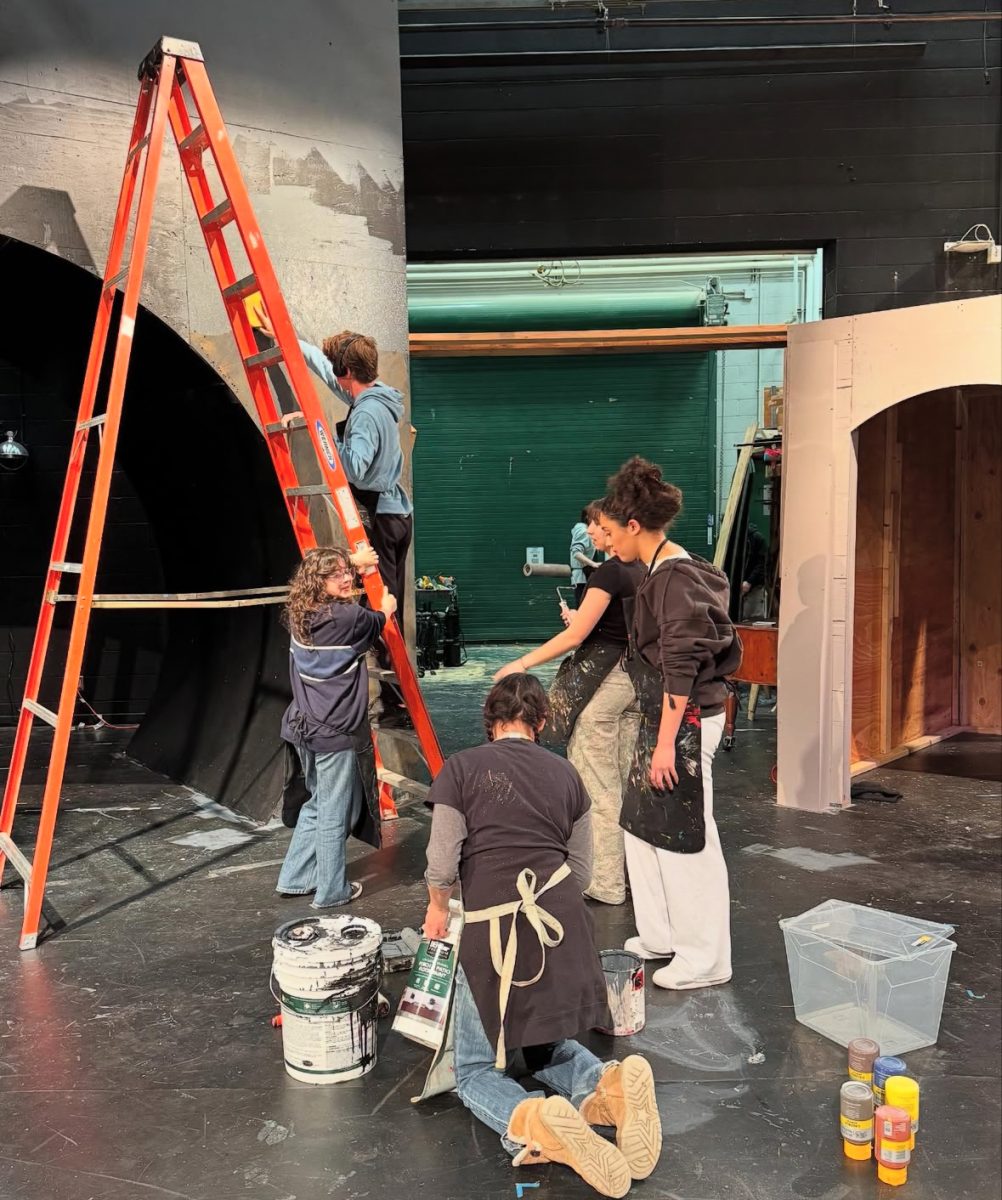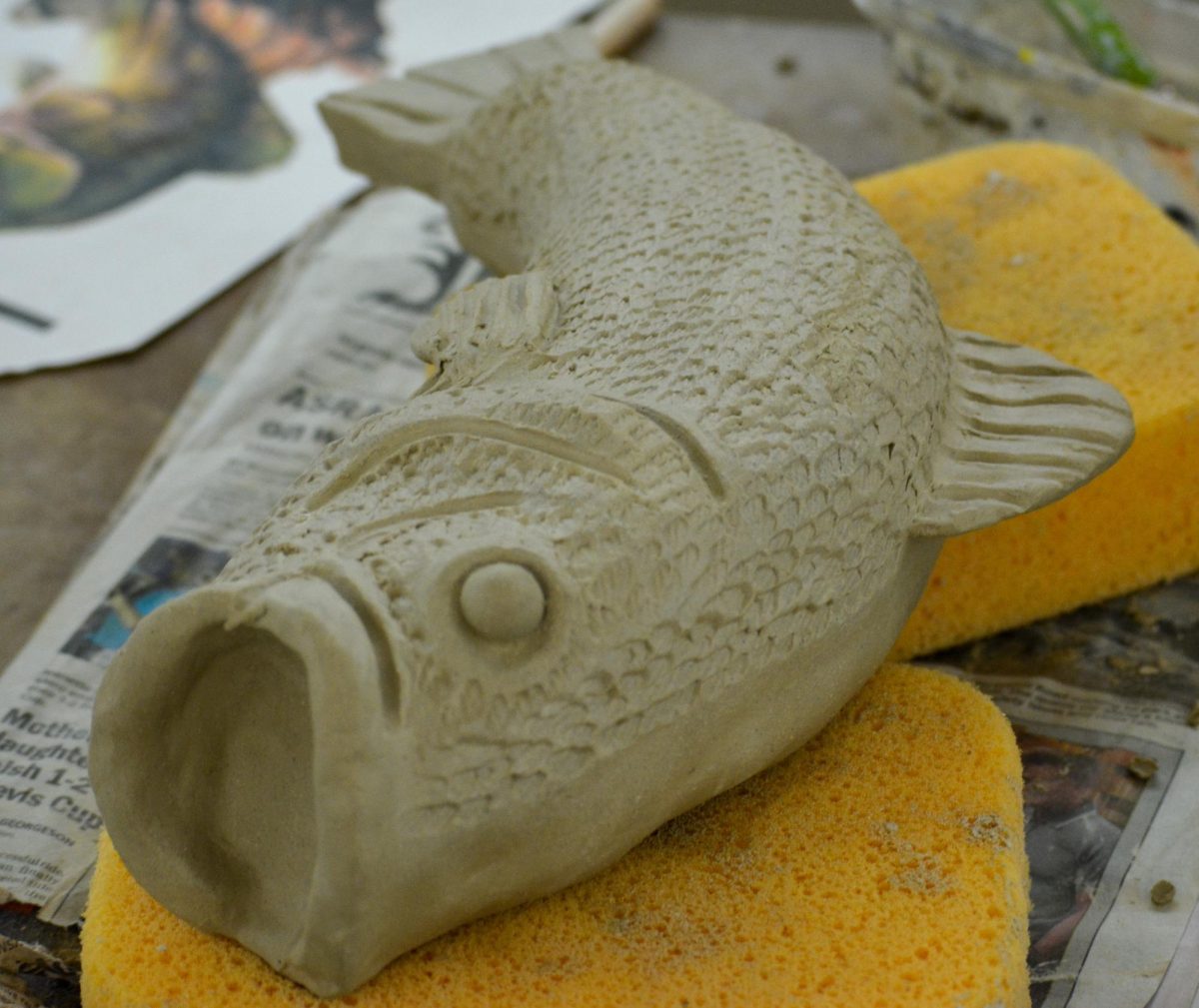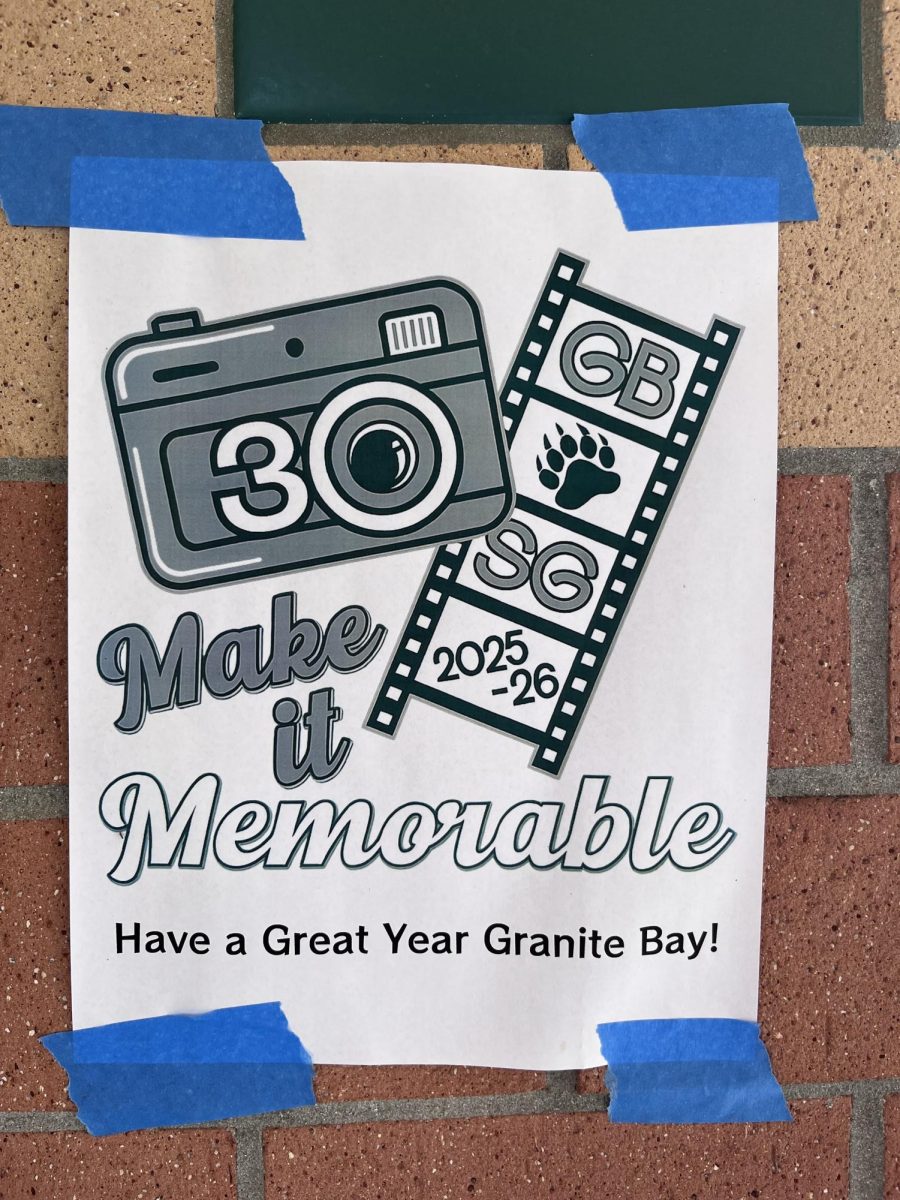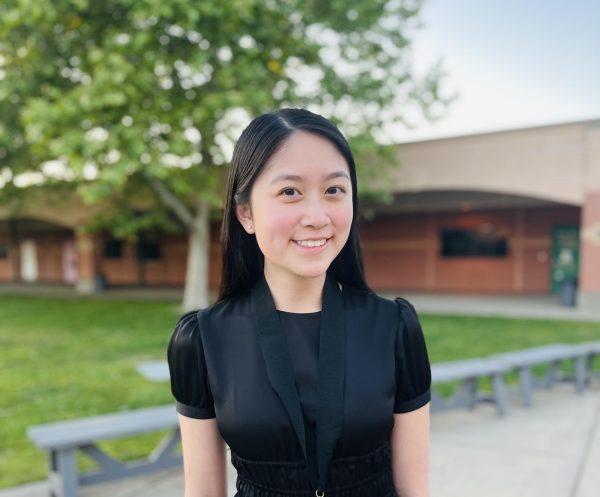Hundreds of pink-adorned high school students enter through the gate as the Homecoming football game commences. Amongst the commotion, students participating in their class dances are dressed in outfits from all sorts of musicals- from mediterranean Mamma Mia attire, 1950’s Grease outfits, quirky Charlie and the Chocolate Factory costumes and comedical Dr. Seuss-like clothing. All of these students are attending the Musicals-themed Homecoming dance, a dance many schools adopt as formal.
Unlike many other schools, GBHS breaks the tradition of hosting a formal homecoming dance but instead an informal one with a theme, often dubbed “prom in the fall.” This tradition began when GBHS opened; a group of students who came from Oakmont High School decided to adopt a casual dance that differed from their previous school’s formal theme.
The choice to have a fun-themed Homecoming is retained until today. This causes both a positive and negative reception from the student body, with those preferring the formal idea to open the school year and others supporting the laid-back style. Although Homecoming is typically less formal than prom (e.g. floor-length gowns expected at prom are opted out for short dresses at homecoming), students look forward to it just as much. Gone are the fancy dresses and suits heavily portrayed in popular culture and media.
“I’ve heard it both ways. Personally, I kind of like having it … casual because then you don’t have to feel dressed up and everything especially because it’s … one of our biggest dances of … the school year,” Maddy Truong, a junior in student government, said. “But I feel like it’s pretty split: some people like having it … casual, but I think (the) majority would say that they wish it was formal.”
Every year since the opening of the school year until 2019, Student Government sends out a poll for the student body to vote on the formality of homecoming’s dance. According to Tamara Givens, the teacher in charge of Student Government, approximately 75% of the Grizzlies wanted a casual dance, with the remaining ¼ of the student body in favor of the formal nature. The vote remained steady every year until 2019, the last year they conducted the poll.
With a formal dance during Winter Ball, Student Government planned to forfeit the idea of having a formal dance during Homecoming; it would feel too redundant to have two formal dances within two months. To balance the number of formal dances, Student Government has decided to keep the formality once a semester, having chosen Winter Ball.
Homecoming traditionally spans over a week, celebrating school spirit and customs marking the beginning of the new school year. The entire week would be filled with engaging activities, ranging from a football game to rallies to spirit days. There are daily videos, a half-way to homecoming lunch celebration, a ‘Wicked’ Bonfire rally a ‘Pink Out’ football game, “A Night in Grizzly Square” post-homecoming party and more. The only thing that was excluded was the proper dance.
This year marks the return of the Bonfire Rally, an annual tradition last held three years ago. At this event, the main spotlight is put on students’ clubs and organizations.
“Looking forward to supporting the clubs at our school and to really like connecting with their friends and just enjoying a peaceful night (at the Bonfire Rally) … there’ll be food to buy from clubs and hanging out under the stars with the bonfire,” Madison Coibion, senior class president, said.
Considering the multitude of events during Homecoming week, many believe it’s better to end the week with a laidback dance.
“We want kids to be able to be casual after … the football game and stuff and we want them to have a relaxed evening where they can hang out with their friends and not have to worry about getting super formal right after the football game,” Coibion said.
At other schools with a proper dance, the week would also include dance bids, clothing orders, hair, appearance and additional set-ups for the formal dance itself. The central focus of the week would lean more towards the dance itself, rather than exhibiting school spirit.
In conventional settings, many students might not be able to attend formal dances until a specific age due to familial constraints. In addition, there is a traditional belief that one must attend a formal dance with a date, and with the pressure to find a date, many students opt not to attend due to that reason.
“Date dances are naturally exclusive. If you don’t feel comfortable going with a friend, then … there’s all this pressure to be asked or to ask,” Givens said, “And then we also have a large population of kids who couldn’t attend the dances till they’re 16 or whatever for religious reasons or family reasons or whatever. So they didn’t want it to be exclusive. And so they adopted an informal homecoming, because homecoming is really supposed to be like, (the) whole school celebrating together.”
With taking the formality and focus off the dance, students won’t be excluded from it and takes off the pressure, especially for incoming freshmen. Everyone will be able to attend, all while having the mindset of school spirit.
“I just feel like inclusivity really matters,” Givens said. “I just think that having your whole school be able to come as they are, and celebrate at a dance is more along the lines of what homecoming is (truly) about.”






















